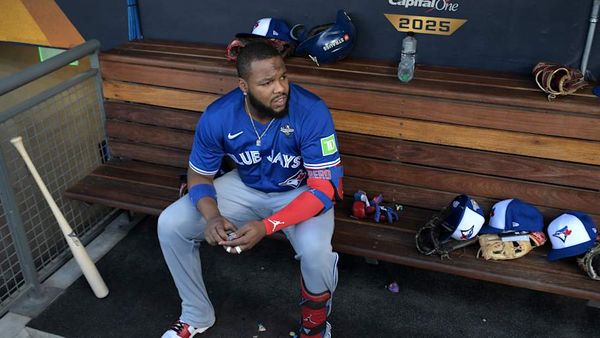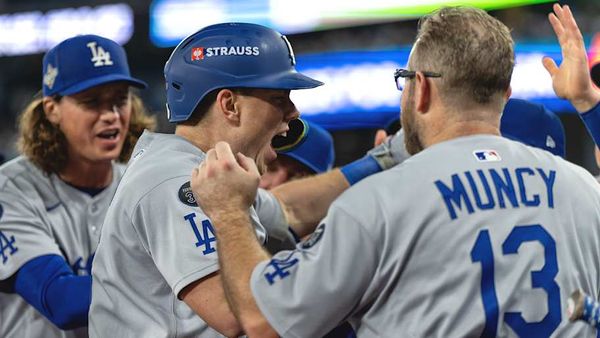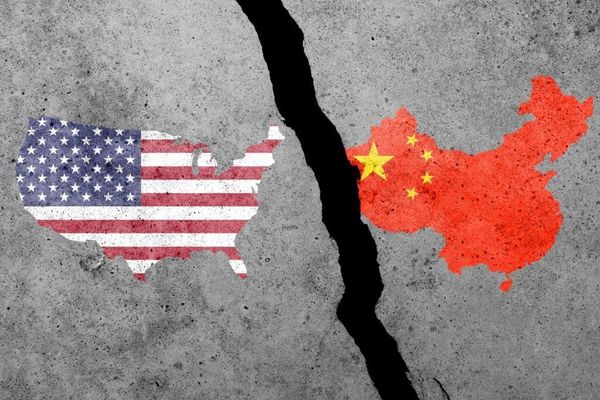The volume of retail sales in Canberra has shrunk for the first time in almost two years, contributing to the deepest nationwide decline in more than three decades, outside the pandemic.
In a result that adds to evidence that households are buckling under the pressure from high inflation and interest rates, the Australian Bureau of Statistics reported that the volume of retail purchases in the ACT fell 0.3 per cent in the June quarter, the first such drop since mid-2021.
The data shows a 1.6 per cent increase in sales volumes in Canberra in the March quarter was short-lived and may well have been driven by seasonal factors including post-Christmas sales.
Laurence Hughes, co-owner of the Church Public Service boutique, said in the past six months the business had seen "some dips" in revenue from records and skate goods but clothing sales had grown.
"In the short term that we have been open, we've definitely seen clothing has continued to expand and the other two sort of ebb and flow a bit more," Mr Hughes said.

He believes people are choosing to spend money on clothes to "feel good" at a time when the lifestyle they want is out of reach.
"When the lifestyle that you want to lead may not be affordable for you, it's much easier to seek out consumer goods that may encompass that lifestyle that you are aiming for," he said.
"Rather than the $2 or $3 million house that you're never going to be able to afford, you can buy a $50 shirt or $30 shirt ... and feel something."
The June quarter decline in sales volumes is part of a national pull back in consumption by households. Countrywide, volumes fell 0.5 per cent last quarter, the third consecutive quarterly drop.
--ABS head of retail statistics Ben Dorber said the results showed the extent to which consumers have reined in their spending in response to cost-of-living pressures.
Mr Dorber said the last time volumes shrunk in three consecutive quarters was in 2008.
Westpac senior economist Matthew Hassan the cumulative 1.7 per cent fall over the nine-month period is the biggest ever recorded outside of COVID disruptions.
Mr Hassan said that, per capita, the fall was even greater, tumbling by 3.5 per cent. This was "even topping the contraction seen during the initial COVID lockdown in 2020", he said.
Adding to the picture of weakness in household spending, June quarter sales volumes were down 1.4 per cent from the same time last year - the first such fall such 1991 except for the pandemic.
The drop included a 0.7 per cent decline in food purchases, pushing them to be 0.2 per cent lower than a year earlier, while the volume of sales at cafes, restaurants and take away services eased 0.1 per cent lower - the first such drop since the delta wave lockdowns in September 2021.
The spending pull-back has been widespread, with sales volumes also shrinking for other areas including household goods and department stores.
The one area where there was a lift was in sales of clothing and footwear, due to promotions and discounting, according to the ABS.
"The widespread fall in sales volumes reflects what retailers have been telling us about consumers focusing on essentials, buying less or switching to cheaper brands," Mr Dorber said.
Commonwealth Bank economist Stephen Wu said the fall in sales volumes was significant because retail spending made up between 30 and 40 per cent of household consumption, which "itself makes up a bit more than half of [gross domestic product]".
The results underline the Reserve Bank of Australia's judgement that consumption is weak and will feed into a sharp slowdown in the economy late this year and through 2024.
When announcing the central bank's decision on Tuesday to keep the official cash rate on hold at 4.1 per cent for a second consecutive month, RBA governor Philip Lowe said that consumption growth had "slowed substantially due to the combination of cost-of-living pressures and higher interest rates".
Despite this, Dr Lowe flagged the possibility that interest rates may need to go higher given uncertainty about the outlook, including for household consumption. While many families were experiencing a "painful squeeze", others had substantial savings and were benefiting from rising house prices.
But Westpac chief economist Bill Evans tips an end to rate hikes.
"We think it's very likely that we have seen the peak in interest rates at 4.1 per cent," Mr Evans said.
In recent months the Reserve Bank has expressed concern about the possibility that the tight labour market could drive an acceleration in wages and inflation.
But Mr Evans said the central bank was now "starting to give a bigger priority to economic weakness".
The Westpac economist reckons interest rates will remain on hold for an extended period and the next move will be a cut in the September quarter 2024. He thinks that once the central bank begins cutting, rates will come down quickly and reach in "the low threes".







